Introduction to Mass Spectrometry Technology: Basic Principles of Mass Spectrometry
Date:2019-09-26 Views:3388
Mass spectrometry, also known as mass spectrometry (MS), is an analytical method that converts samples (atoms or molecules) into moving gaseous ions through different ionization methods and separates and detects them according to the mass-to-charge ratio (m/z). It is a spectroscopic method on a par with spectroscopy. According to the position and relative intensity of the peaks on the mass spectrum, mass spectrometry can perform qualitative and quantitative analysis of inorganic substances, organic substances, and biological macromolecules. Thomson JJ invented mass spectrometry in 1906 and applied it to the discovery of non-radioactive isotopes and the analysis of inorganic elements. After the 1940s, it began to be used for the analysis of organic substances. Thomson JJ invented mass spectrometry in 1906 and applied it to the discovery of non-radioactive isotopes and the analysis of inorganic elements. After the 1940s, it began to be used for the analysis of organic substances. In the early 1980s, the application of fast atom bombardment ionization enabled mass spectrometry to be better applied to biological macromolecules. Since the 1990s, with the application of electrospray ionization and matrix-assisted laser desorption ionization, a new discipline of biological mass spectrometry has been formed [1]. Currently, mass spectrometry has been increasingly and widely applied in industrial production departments such as atomic energy, chemistry, electronics, metallurgy, medicine, food, and ceramics, agricultural scientific research departments, as well as scientific and technological fields such as physics, electronics and ion physics, isotope geology, and organic chemistry [2].
Basic Principle of Mass Spectrometry
The basic principle of mass spectrometry is that sample molecules or atoms are ionized in the ion source to generate various types of charged particles or ions. These particles obtain kinetic energy under the action of an accelerating electric field to form an ion beam. Then, they enter the mass analyzer, where the differences in the trajectories of charged particles moving in an electric or magnetic field are utilized to separate ions with different mass-to-charge ratios according to their spatial positions or time. Subsequently, the ions reach the ion receiver, which converts the ion current into an electrical signal to obtain a mass spectrum.
The Basic Structure of a Mass Spectrometer. The mass spectrum of a compound is measured by a mass spectrometer. A mass spectrometer is an instrument that ionizes the analytical sample and separates, detects, and records the ions according to their mass-to-charge ratios. Generally, a mass spectrometer consists of a sample introduction system, an ion source, a mass analyzer, an ion receiver, and a signal amplification and recording system.


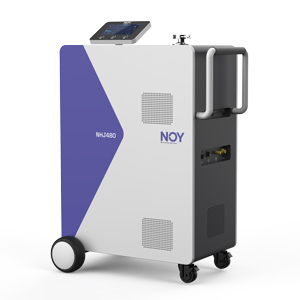
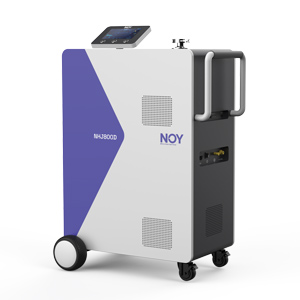
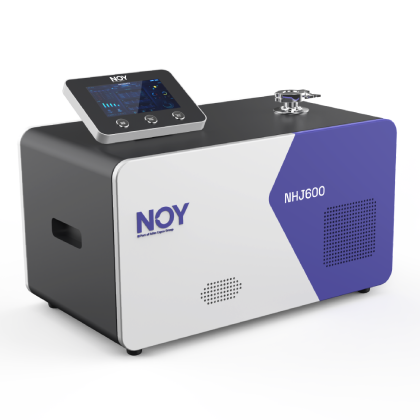
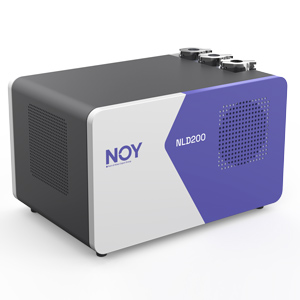
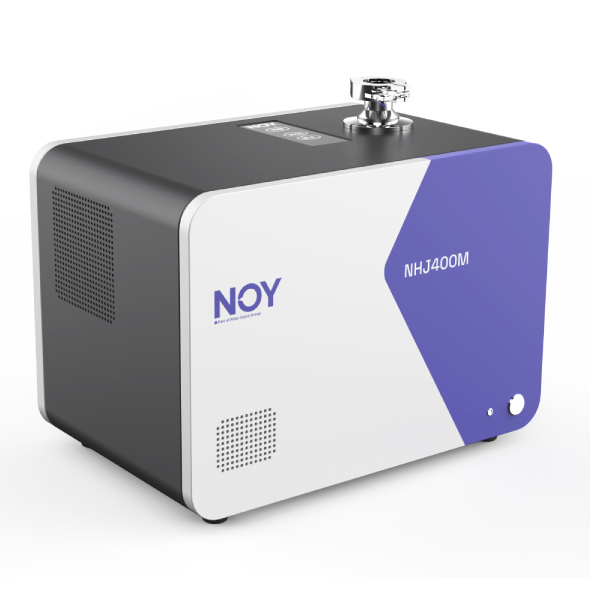
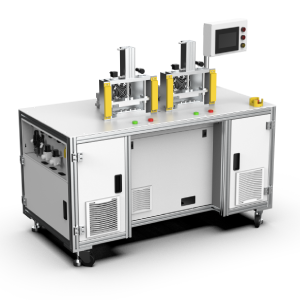

 Public Security Network Security Record in Anhui Province No. 34010302001915
Public Security Network Security Record in Anhui Province No. 34010302001915